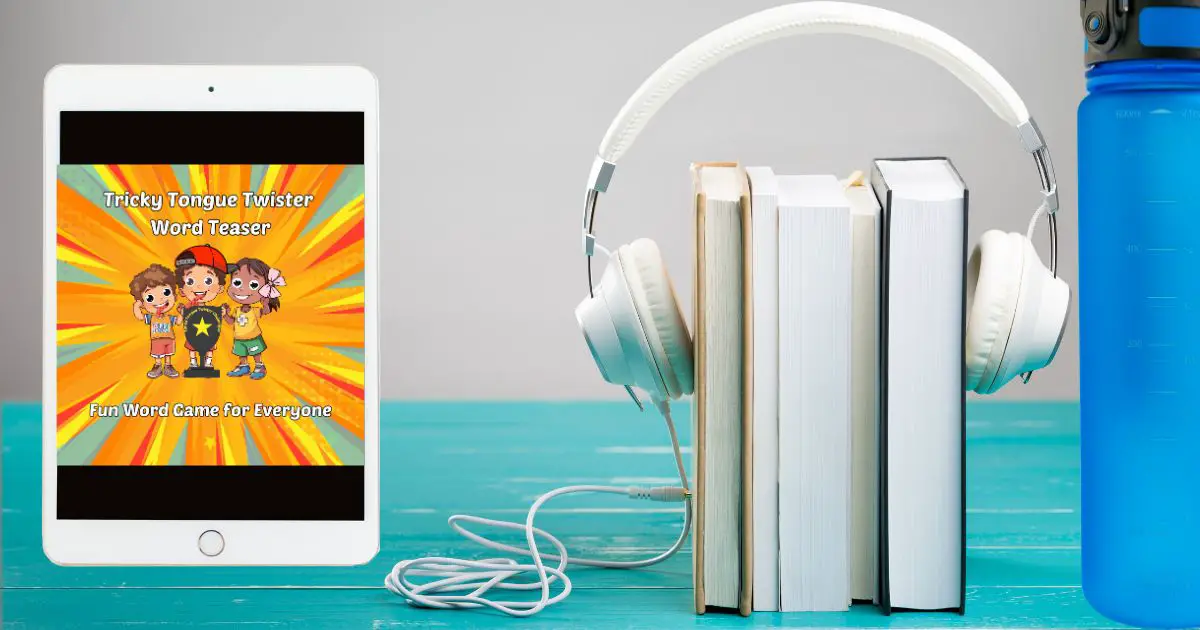How can varying your reading material change your learning experience? In this article, we will examine why varied reading is crucial for effective study habits, as well as offer advice on how to include diverse reading materials.
To inculcate study habits with varied reading, one should diversify their reading materials to include different genres, formats, and perspectives. This approach enhances critical thinking and creativity but also broadens comprehension and communication skills. By setting clear goals, creating structured schedules, experimenting with various reading formats, and engaging in discussions, students can maximize the benefits and overcome challenges to maintain effective study habits.
1. Understanding the Importance of Varied Reading

The Connection Between Reading and Learning
Reading is the foundation of education and self-improvement. It provides an entry point to fresh ideas, views, and facts. When you connect with varied reading materials, you open yourself up to various concepts and perspectives that can enhance your comprehension of what’s happening in our world.
When you increase the range of what you read, it also brings in various writing styles and language subtleties. This improves your ability with languages and how well you communicate. Getting familiar with different kinds of texts helps in adjusting to varied ways of expression, making one a more adaptable and efficient communicator in scholastic or work-related situations.
Enhancing Critical Thinking Skills
Reading different things makes you think more critically. It pushes you to question your assumptions and extends your skill at analyzing. When we meet with varied views and opposing ideas, it compels us to assess and examine information on a deeper level, promoting intellectual development along with cognitive adaptability.
Secondly, when you read different types of writing materials with complicated and detailed arguments, helps to sharpen your skill in spotting logical mistakes, assessing proof, and forming strong logic. These abilities of critical thinking are very important for not only academic purposes but also for making decisions and solving problems in real-life situations.
Stimulating Creativity and Imagination
Various reading experiences inspire creativity and imaginative thinking by introducing a range of stories, persons, and places. Being involved in different types and forms of literature encourages creative thought processes, motivating fresh ideas that can be utilized in many spheres such as studies or personal life.
Additionally, if you enjoy thinking about ideas and concepts, reading can help you broaden your mental capacity by exposing you to different perspectives and viewpoints. This aids in developing critical thinking skills and a more nuanced understanding of the complex issues we face in today’s world.
Moreover, traveling through imaginative worlds and connecting with varied characters nurtures emotional intelligence and empathy. Key elements for building better interpersonal relationships as well as understanding diverse cultures. The capability to think creatively and sensitively is extremely vital for dealing with the intricacies of the present period plus discovering inventive answers to worldwide problems.
2. Strategies for Incorporating Varied Reading Routine

Set Clear Goals and Objectives
When you start your journey of reading, make sure to set goals and objectives that will help guide how you study. You should recognize certain areas that are interesting or subjects for investigation and generate a reading list comprising different types of topics, genres, formats, etc.
Besides making goals about the subject matter, think about having a more diverse portfolio of reading. Select materials that confront your presumptions or provide new perspectives entirely. When you purposely choose a wide variety of reading materials, it helps you broaden your mental scope and promotes an all-encompassing comprehension of the world around you.
Create a Structured Reading Schedule
Make a plan for how you will read, including different types of reading materials in your daily or weekly study schedule. Set specific times for reading and arrange tasks according to their importance and connection with your academic targets.
When you make your reading plan, mix in-depth and wide-ranging subjects. Allow enough time for examining intricate topics or texts, and include lighter readings that are more diverse to keep interest high.
Experiment with Different Reading Formats
Try out various reading materials, like books, articles, essays, podcasts, and online resources to make your reading experience more diverse. By trying different formats you can interact with information in distinct manners and it helps you match the form of learning that suits you best for yourself.
Think about how various formats interact with your senses and thinking methods. For instance, audiobooks present aural delight and are simple to use when doing many things at once; those who learn better with visuals might favor printed items that include pictures or charts. By mixing different formats in your reading habit, you can enhance the way you understand things and remember them later on.
3. Maximizing the Benefits of Varied Reading

Take Notes and Reflect on Your Reading
Interact with the material, making notes, marking important parts, and thinking about your reading. Use active strategies for reading like summarizing chapters, linking ideas together, and posing questions to improve how much you understand and remember the content.
Think about how the readings relate to each other, not just in their own right. Compare differing views on a certain topic, find recurring subjects or patterns, and ponder over what various authors bring to the bigger discussion. When you combine information from different sources, it helps you to create a more detailed comprehension of complicated matters.
Engage in Discussion and Debate
Join in conversations, book discussions, or study clubs to pass around thoughts, give views, and take part in intellectual talk. Talking with fellow students helps you understand various perspectives and question your assumptions, creating a learning setting of teamwork.
Apart from just talking about the readings, make use of chances to teach or clarify ideas to other people in your study group. When you instruct something to others, it solidifies your comprehension and encourages more profound involvement with the subject matter. Additionally, this cultivates communication abilities that are crucial for doing well academically as well as professionally.
Apply What You Learn to Real-Life Situations
Connect the ideas and understanding obtained from your diverse reading materials with practical scenarios and academic activities. Try to apply fresh concepts, tactics, or viewpoints to coursework, tasks, and daily life situations.
Find methods to use ideas from your reading material in various situations outside of school. The capacity to transfer knowledge obtained through reading into real-life scenarios, whether it involves solving practical issues, dealing with interpersonal relations, or making informed choices, is an important characteristic of effective learning and critical thinking.
4. Overcoming Challenges and Building Consistency

Identifying Common Obstacles
Understand and solve typical difficulties that might appear while mixing different types of reading into your study schedule. These issues can involve a lack of time, interruptions, trouble concentrating, and a sense of being overwhelmed. By recognizing possible hurdles, you can create techniques to surpass them and form regularity in your reading habits.
Besides tackling particular obstacles, emphasize the development of resilience when encountering difficulties. Understand that sometimes having problems or experiencing setbacks is normal, and these can provide chances for progress in learning. By acquiring a mindset of resilience, you can handle challenges more smoothly and continue moving towards your reading targets.
Time management and Prioritization
For making a habit of reading stick, it is crucial to manage time effectively. You can designate certain periods for the activity of reading and give them priority in your everyday schedule. Also, split up your aims for reading into little tasks that you can handle easily and establish practical due dates to guarantee continuous advancement. Utilize productivity methods like the Pomodoro Technique or time-blocking to increase attention and decrease interruptions.
Create a perfect reading environment. Select a calm, cozy place that is without disturbances. Take away things like electronic gadgets or noise so you can concentrate better on the reading task at hand. Enhancing the setting for reading could help you to focus more and improve your comprehension of the material, increasing efficiency in this activity.
Cultivating Discipline and Motivation
Develop discipline and motivation to keep to your reading goals, even if there are difficulties or interruptions. Create a straightforward purpose for why you want diverse reading and think about the advantages it will bring in the future such as better learning, improving how well you can analyze things critically, and personal development. Make a system of rewards that can make you feel motivated to maintain regular habits of reading and also assist .in marking milestones during the process of achieving your goals.
Hold yourself responsible. Set deadlines, get a partner to check on you, or use systems for tracking. If you tell other people about your goals and keep checking how far along you are, this can help to maintain motivation and responsibility. This boosts the chances of sticking with your reading plan.
5. Leveraging Technology for Enhanced Reading Experience

Exploring Digital Resources and Tools
Make use of digital resources and instruments to make your reading experience better, as well as easily reach a wide variety of material. Check out e-books, audiobooks, internet libraries, and digital platforms that present different reading possibilities in many types from fiction to non-fiction subjects. Use functions such as highlighting, saving a place, and making notes on what you read for active participation with the content as well as orderly organization of your study notes.
Use adaptive learning platforms and individualized suggestion systems. These are tools that employ algorithms to study your reading habits and suggest new materials, adjusted to your interests and how you prefer learning. They can assist you in finding relevant content to expand the range of what you read regularly.
Incorporating Multimedia Learning
Welcome to the world of multimedia learning methods, which mix text-based content with visuals, sound, and interactive elements for better understanding and remembering knowledge. You can try different types like video lectures or educational podcasts as well as simulations that are interactive; there are also online courses offering an engaging immersion experience into learning. Try out various styles of multimedia to identify what aligns best with how you learn and your goals.
Consider interactive annotation tools and platforms that provide collaborative reading experiences, encouraging deeper involvement with the content. This kind of tool lets users make notes on texts, exchange knowledge, and participate in live conversations with classmates or teachers. It promotes a feeling of community and shared learning.
Harnessing Social Learning Networks
Be part of internet communities, forums, and social learning networks that are focused on reading, education, and personal growth. You can connect with people who have similar interests as yours there. You could share suggested readings with others or take part in group learning activities like virtual book clubs, discussions among peers online, and reviews from friends on these sites. Use the combined information and help from the community to improve your reading range, exchange thoughts with others, and keep up motivation when you are studying something new.
Consider examining crowdsourced learning resources and platforms. These are locations where users can contribute and curate reading lists, annotations, as well as study materials. These places make use of the combined knowledge of the community to form large collections of educational content. They allow users to find new reading materials and participate in group learning efforts.

Conclusion
To sum up, teaching study habits with diverse reading is very beneficial for personal and educational development. It helps in understanding why different types of reading materials are important, and how to use good methods for bringing them together and getting the most from varied reading. This can improve your learning process, help you think critically, and encourage creativity as well as imagination. Accept the path of continuous learning by investigating a range of ideas, viewpoints, and knowledge resources.





